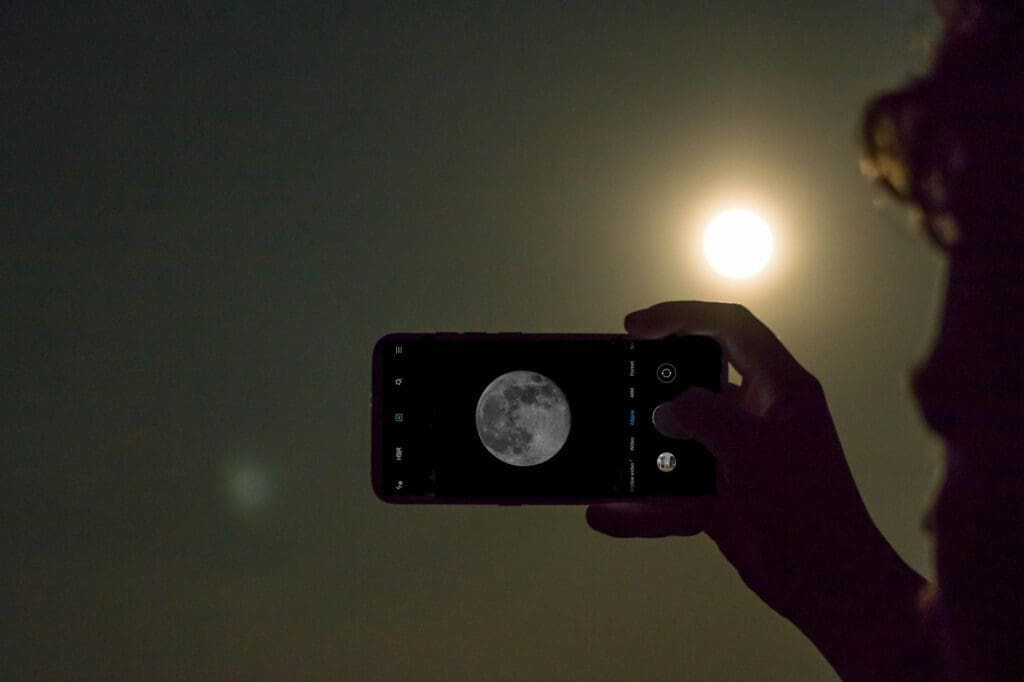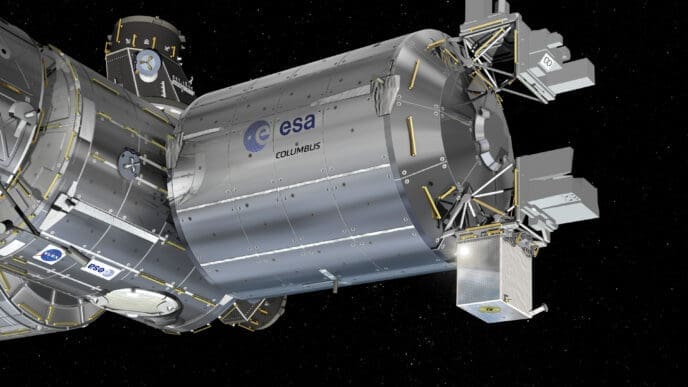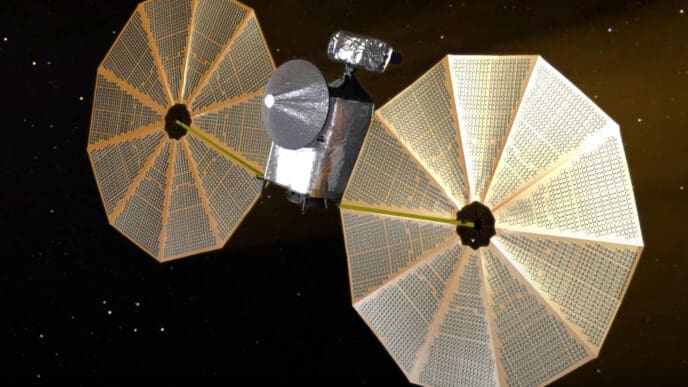Astrophotography has become more accessible than ever, even for those without professional equipment. With just a smartphone, aspiring photographers can now capture stunning images of celestial wonders, such as the Milky Way or a blood-red moon. This approach is particularly inviting for beginners, as it bypasses the need for expensive gear and extensive travel.
For novices looking to embark on this journey, the moon serves as an ideal starting point due to its brightness and size. Smartphones, like the iPhone 6s, have been successfully used to capture impressive lunar images. For instance, a crescent moon seen at sunset can be photographed by propping a phone on a makeshift stand, such as a car roof rack.
Steadiness is crucial in astrophotography; therefore, securing your smartphone is essential for capturing sharp images. Although a small tripod is preferred, improvisations like positioning your phone against a rock or wood block can suffice. To further minimize shake, camera apps often include timer options, allowing a delay between pressing the shutter and taking the image.
Manual focus adjustment becomes necessary in low-light conditions, as smartphone autofocus may not suffice. Users should tap on a distant light source to lock the focus manually. Adjusting the camera’s exposure time is also vital. Longer exposure times allow more light to be captured, enhancing details in the image. Starting with a few seconds of exposure is typically recommended. Should your built-in app lack these features, third-party apps are available to expand your options.

Post-processing is where the magic often happens. Enhancing details through apps or computer programs can significantly improve the final image, although initial photos may surprise you with their quality.
For those eager to explore beyond smartphone capabilities, accessories such as adapters for telescopes can offer an avenue to richer astrophotos. These tools not only enable detailed lunar imagery but also allow for live sharing of celestial observations.
Readers interested in furthering their skills can find numerous resources and communities. For example, NASA offers a free eBook on smartphone astrophotography, and participation in clubs such as those listed on the Night Sky Network provides additional learning opportunities.
Thus, while high-end photographic results akin to those from advanced telescopes might not be feasible, capturing the night’s beauty is certainly within reach. With practice and exploration of various techniques, anyone can start their journey into astrophotography with simple tools.
Astrophotography doesn’t require breaking the bank or traveling far. By utilizing the capabilities of a smartphone and practicing key techniques, anyone can begin capturing the night skies. The essential elements involve maintaining stability, understanding focus and exposure settings, and experimenting with post-processing. With abundant resources available, all that’s required is the desire to explore and learn.
Source: Science.nasa












